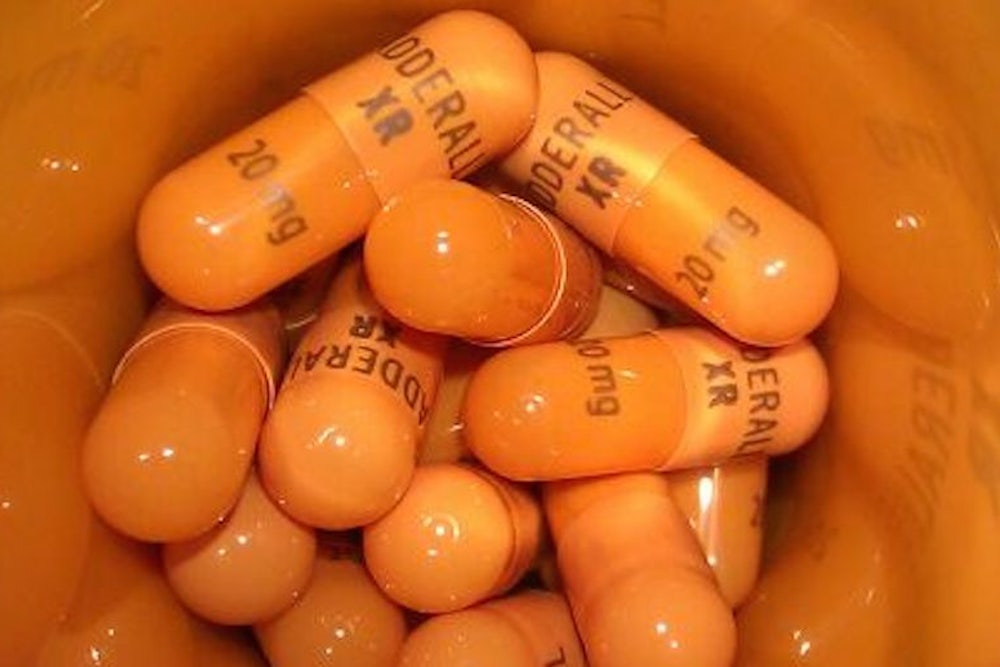Approximately one in five students at an Ivy League college misuses a prescription stimulant to get ahead academically, reports a new study presented at the annual Pediatrics Academics Societies (PAS) meeting. This is almost twice the rate of stimulant drug abuse across a wider sampling of colleges, according to another study, which surveyed 10,200 students at 18 colleges varying in academic ranking.
Data for the Ivy League study was drawn from anonymous online surveys completed by 616 sophomores, juniors, and seniors who all attend the same university and have not been diagnosed with ADHD. Sixty-nine percent of respondents used stimulants to write an essay, 66 percent to study for an exam, and 27 percent to take a test. Of those who had used stimulants, 46 percent did not consider the practice to be cheating, while 19 percent were unsure whether it was cheating or not. Other studies have previously demonstrated that the majority of students surveyed find the use of prescription stimulants, like Adderall and Ritalin, to be safe, socially acceptable, and stigma-free.
Of course, this isn’t exactly news. But this study is novel in the fact that it focuses specifically on an Ivy League college. And an additional study, also presented by Adesman at the recent PAS meeting, points out that doctors are somewhat clueless when it comes to addressing this trend. Of 815 physicians who specialize in ADHD, 59 percent believed their own patients were diverting their medication. Yet the majority of physicians had never received training with how to deal with this situation, and only about one-third had counseled their patients about health and legal ramifications of abuse. The majority had abstained from this type of counseling primarily because they didn’t feel qualified to conduct it. Many doctors are also unsure of the legal consequences for this kind of drug abuse; when asked whether there was a difference in punishment for selling the medication versus giving it away, 19 percent chose the wrong answer and 36 percent were unsure. The unlawful distribution of a controlled substance, according to Adesman, carries the same legal penalty, whether you charge for it or not.
Adesman’s work is one of the first studies to demonstrate that Ivy League students are potentially more likely than their peers at other colleges to misuse, especially those in their junior year. The attraction of high-achievers to the drugs makes sense in light of the medication’s reputation for enhancing focus and concentration. But Amelia Arria, a director at the University of Maryland School of Public Health, believes college students are reacting to misinformed yet popular “enticing myths.” These myths, Arria feels, are perpetuated in media, and other studies back her claim: Authors of the paper “Smart Drugs ‘As Common As Coffee’” found that of 142 newspaper articles on the misuse of prescription drugs, 95 percent mentioned at least one possible benefit of the drugs while only 58 percent mentioned any risks or side effects.
For this or other reasons, this kind of prescription drug use seems to be increasingly, if informally, socially accepted. While 25 percent of users tried the medication just once, according to Adesman’s research, 23 percent used meds two to three times, 26 percent used four to eight times, and 24 percent had used stimulants on eight or more occasions. And students aren’t secretive: Between November 2011 and May 2012, 213,633 tweets from 132,099 unique accounts mentioned Adderall, the tweeters clustered around campuses in the northeast and southern regions of the U.S. Unsurprisingly, Adderall tweets peaked during final exam time.
